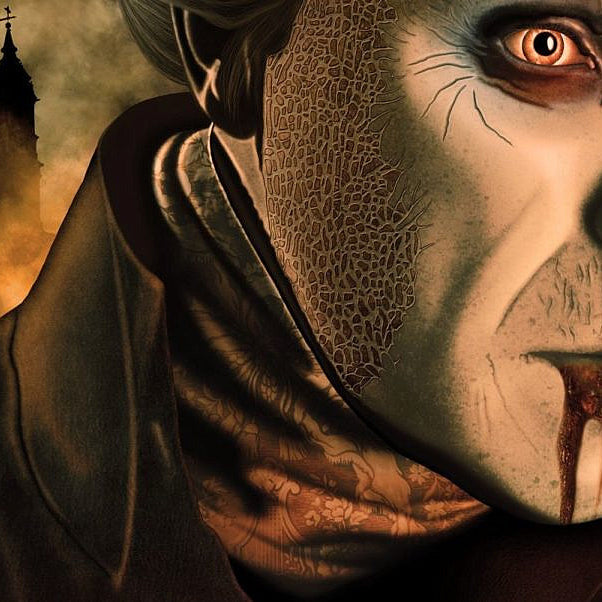
Dracula: A Legend Born from Shadows
Share
Not all monsters are born in darkness. Some are written into it.
At the end of the 19th century, as gaslight flickered through foggy London streets and the world teetered on the edge of a new, unsettling modernity, a man named Bram Stoker penned a story that would haunt the imagination of generations. A story about a creature who arrived by sea, silent and unseen, and spread terror not with roars, but with whispers. His name was Dracula — and he wasn’t real. But that hardly mattered.
Stoker had never set foot in Romania. He never saw the Carpathians, never walked the narrow streets of Transylvanian towns, never listened to wolves howling in the forests beyond. What he did see, however, was something much more powerful: the fear of the unknown. He read travel accounts and dusty tomes, and somewhere in a library, he stumbled upon a word — “Dracula” — which, in old Romanian, meant “son of the dragon” or, more ominously, “the devil.” That name, with its sharp edge and ancient weight, was enough. The rest he imagined.
And oh, what a vision he created.
Dracula was everything Victorian society feared — and desired. Foreign, sensual, immortal. A being who crossed oceans, passed through walls, and lured the innocent with his gaze. He didn’t just kill. He transformed. He infected. He invaded the very idea of safety.
Though many today associate him with Vlad the Impaler — the fierce Wallachian prince known for his brutal punishments — Stoker’s Dracula shared little more than a name. Vlad was a ruler, a tactician, a man of history. Dracula, on the other hand, was myth. Undead. Eternal.
And yet, somehow, the two have merged in the world’s imagination. The silent halls of Bran Castle, once just a fortress on a hill, now draw visitors from every corner of the globe — each hoping to find a trace of the vampire’s shadow. Tourists wear plastic fangs and sip red wine, searching for something they can’t quite name.
But maybe that’s the real magic of Dracula. He never needed to exist in flesh to become real. He lives in mirrors and in dreams, in the rustle of curtains on a windless night, in the unease that creeps in when the lights go out. He is the whisper at the window. The chill in the spine. The fear that something ancient still watches us from the edge of the world.
Over a century later, the book still sells. The films keep coming. And the legend, like its subject, refuses to die.
Dracula is not a man. He is a story we keep telling — because deep down, some part of us still wants to believe it.


